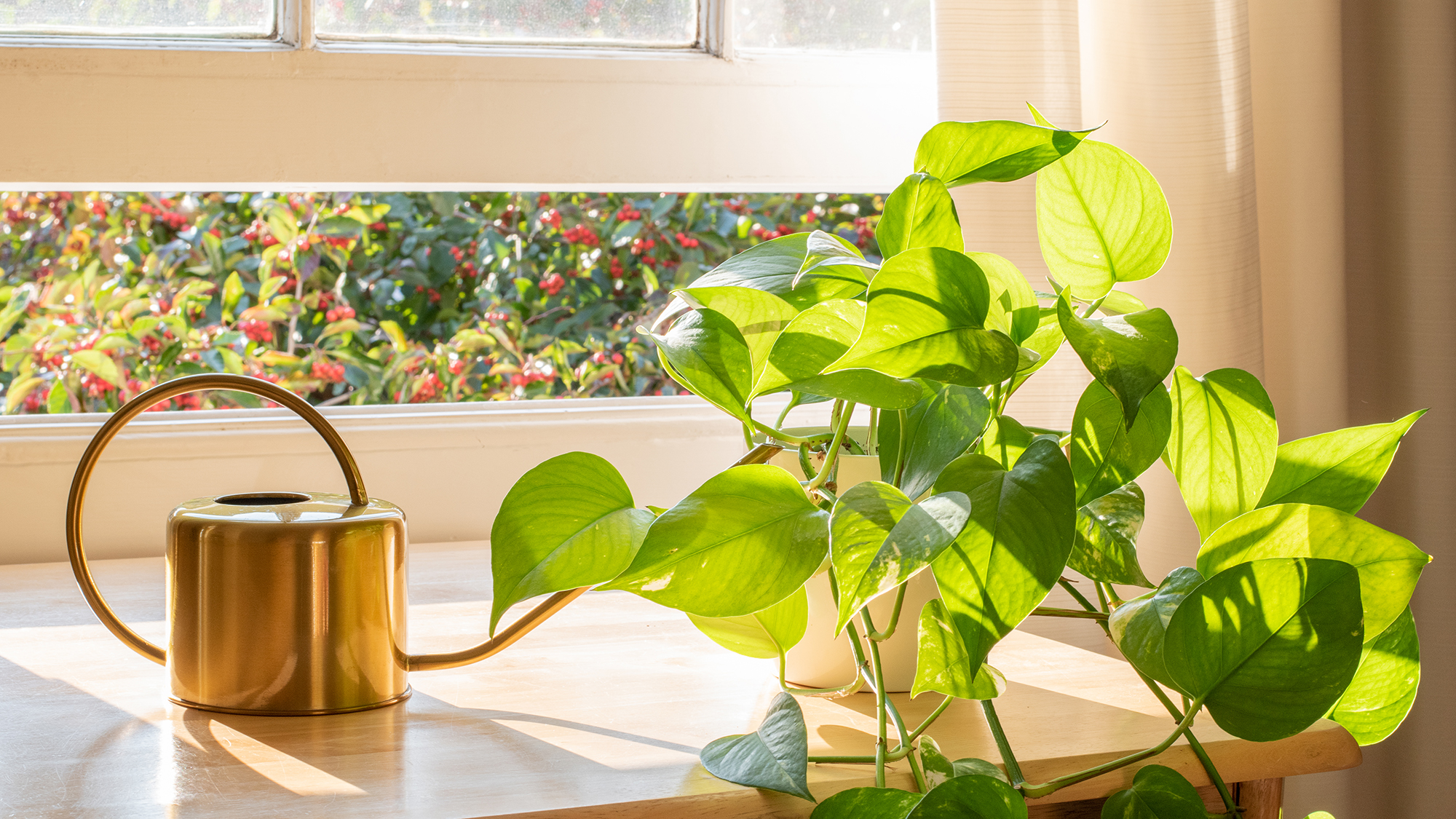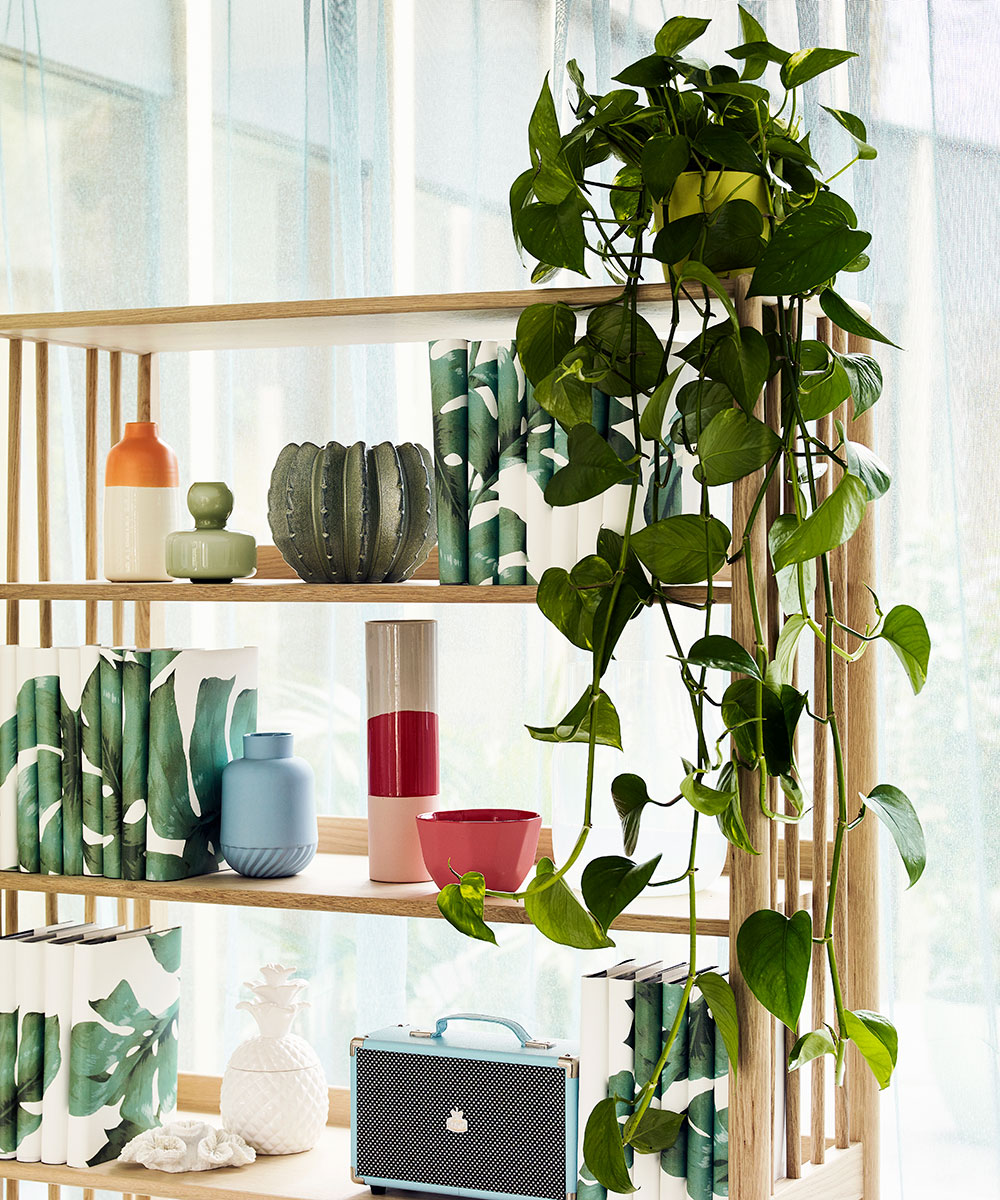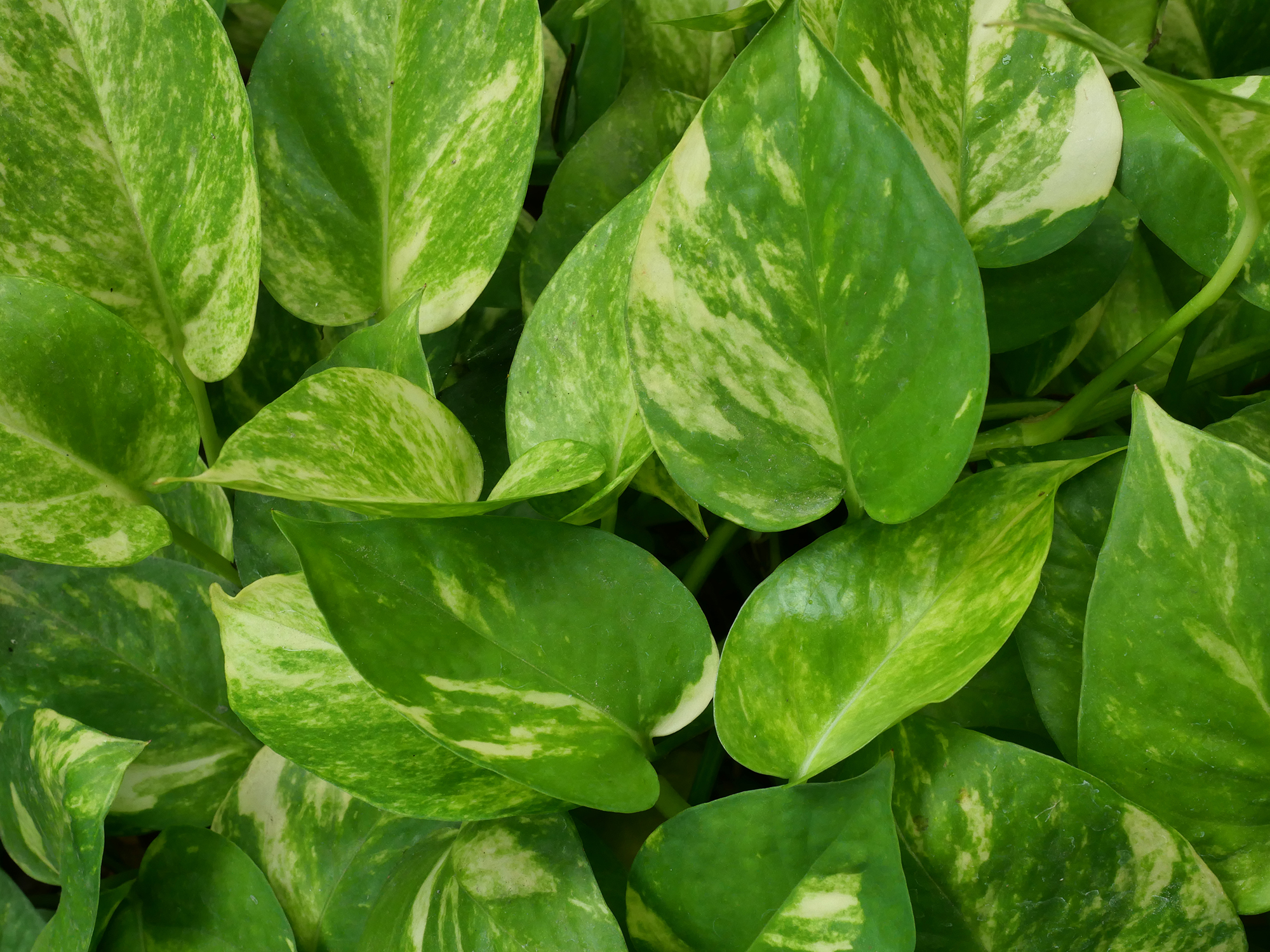Pothos plant care – how to guarantee pothos success
Discover expert pothos plant care tips to get the best out of this glossy trailing houseplant


Good pothos plant care is essential if you want this lush, leafy plant to flourish in your home or garden.
Also known as devil’s ivy or the Rapunzel plant, pothos is the ideal plant for inexperienced growers, and makes for one of the best winter houseplants. It is often mistaken with philodendron because the two have a similar trailing appearance.
‘Pothos is an easy-to-maintain foliage plant that has low light requirements,’ says Rebecca Sears, chief gardening guru at Ferry Morse.
‘It is most known for thriving in conditions that other plants wouldn’t survive, making it an especially perfect houseplant for beginners.’
As well as being a wonderful houseplant, pothos is also one of the best plants for hanging baskets in the garden, and makes one of the most beautiful additions to your conservatory ideas. There are also lots of pothos varieties to choose from.
As long as you follow a few basic pothos plant care tips, growing success is almost guaranteed. The plants even have a reputation for being almost indestructible, hence the nickname devil’s ivy, and are also some of the easiest houseplants to grow from cuttings.
‘Pothos are mostly bulletproof in the interior plant world,’ says Shane Pliska, president of Michigan-based interior landscape company Planterra.
‘Bear in mind that it can be difficult to buy plants with nice long trailing vines and well-developed roots, so if you have a pothos without trailing vines already started, you’ll need to be patient and watch it grow.’
However, you won’t require too much patience as the plant is exceptionally fast growing, and can grow around a foot per month in the growing season.

Pothos plant care tips
Even if you regularly neglect your pothos plant, it will likely keep on growing – so don’t worry about missing the odd watering.
‘Pothos is really hard to kill,’ says Eli Manekin, founder of Loop Living. ‘And if you do accidentally kill your plants – don't worry! Just cut off the stems and keep going. More often than not it will start growing again.’
However, you don’t just want your plant to survive – you want it to thrive, and for its leaves to be lush and abundant. So make sure you understand the key portos plant care requirements.
How often to water pothos
An important part of pothos plant care is to give it the right amount of water. Ideally check to see if the plant needs watering every week or so – and only water it when the soil has dried out.
‘Don't be tempted to overwater a pothos – instead take your cue from the plant itself,’ says Manekin.
‘Wait until your pothos is droopy, as that's when it needs to be watered. You can take a leaf in your hand and try to bend it – when it feels almost lifeless it's time to water.’
If you keep your pothos plant in a moist environment, such as the bathroom, you will find it needs watering even less often.
If you're wondering 'why is my pothos turning yellow?' it could be that you are watering it too much or too little. Try to make your own pothos mix that is well-draining to aid moisture levels.

Should I mist my pothos plant?
There is no need to mist your pothos plant. While the plants naturally grow in tropical environments, they should be watered through the soil down to the roots.
As long as you aren’t overwatering your pothos plant, the occasional misting is unlikely to do any harm, but should not be used as a substitute for watering.
Pothos temperature requirements
The temperature range for optimum pothos plant care is between 70-85°F (21-30°C). It can survive occasional low temperatures of 50°F (10°C) and high temperatures above 90°F (32°C) – but it won’t grow as well.
If you are keeping your pothos in the garden, then it will need to be brought indoors once temperatures have dropped in the fall.
Do pothos plants need a lot of sunlight?
While ideally pothos plants like bright, indirect light, they can survive in rooms that don’t receive much natural light.
‘The pothos plant is tolerant of lower light,’ says Pliska. ‘For environments without direct light, I particularly recommend the Jade pothos.’
The amount of light a pothos receives will also affect its appearance – ‘Pothos has beautiful white swirls on its bright green leaves, and the more light it's exposed to, the more these white streaks will be noticeable,’ says Kemp.
How to make pothos fuller
To make your pothos fuller, it’s important to prune it regularly, otherwise the plant will become leggy and start to take over the space.
To do this, cut the vines back close to a growth node, and remove any leafless vines.
Feed your pothos plant at every other watering during the growing season to help it grow as full as possible.
If your plant has become leggy, then a heavy pruning should help to revitalize it.
How often should I repot my pothos?
Pothos plants should ideally be repotted every two to three years, but if you allow your plant to grow quite large, then consider doing it every year.
If you don't do this, then the vigorous plant will become rootbound.
Sign up to the Homes & Gardens newsletter
Design expertise in your inbox – from inspiring decorating ideas and beautiful celebrity homes to practical gardening advice and shopping round-ups.

Melanie has worked in homes and gardens media for two decades. Having previously served as Editor on Period Living magazine, and worked on Homes & Gardens, Gardening Etc, Real Homes, and Homebuilding & Renovating, she is now focusing on her passion for gardening as a Senior Editor at Gardening Know How. As a keen home grower, Melanie has experimented with pretty much every type of vegetable at some point – with mixed results. Often it is the simplest things that elude you, which may explain why she just can't seem to master zucchinis.
-
 I’m an HVAC technician, and this is when I turn my AC on each year – plus 5 checks I always do beforehand
I’m an HVAC technician, and this is when I turn my AC on each year – plus 5 checks I always do beforehandSave yourself an AC hassle by running my checks and turning it on before big heat hits
By Josh Mitchell Published
-
 This simple marble hack elevates my budget-friendly wooden kitchen countertops and prevents the dreaded water damage for way less than you’d think
This simple marble hack elevates my budget-friendly wooden kitchen countertops and prevents the dreaded water damage for way less than you’d thinkThis design trick looks expensive, solves a problem, and was the easiest decision I made during my kitchen reno
By Charlotte Olby Published